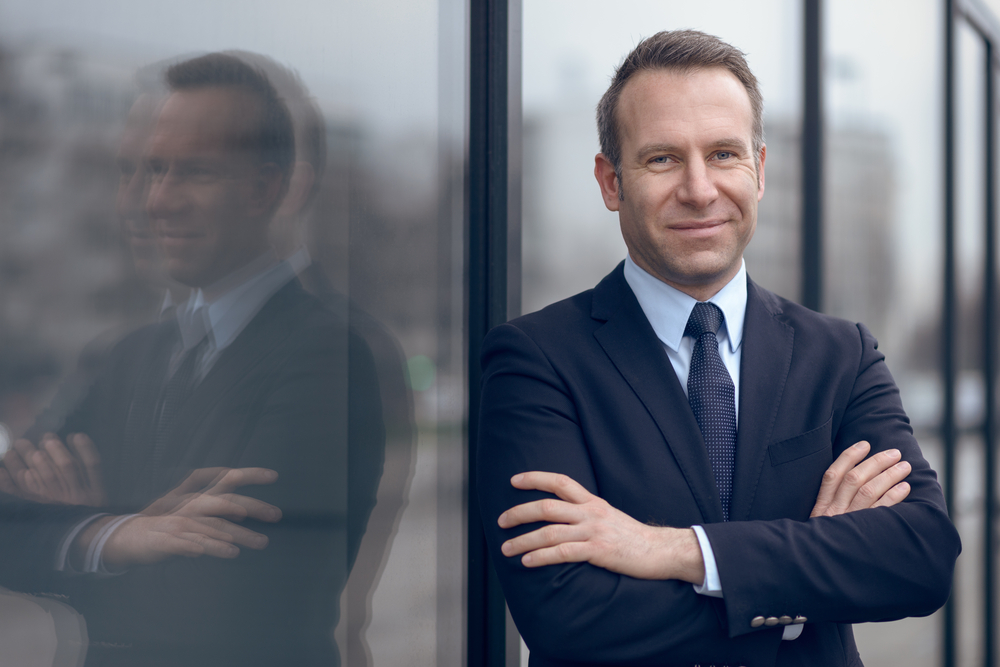Imagine a world where the role of a financial advisor is no longer defined by the daily operational burdens that consume their time but by their ability to connect with and deeply impact their clients’ lives. This is the transformative potential of investment management outsourcing, a strategic shift that liberates advisors from mundane tasks, allowing them to focus on what truly matters—their clients.
Tailoring Your Practice for Greater Impact
Picture this: a workday without the burden of back-to-back administrative tasks. Instead, you have scheduled deep-dive sessions with clients to explore their long-term visions. Outsourcing the technical functions of asset management liberates you to concentrate on developing tailored financial strategies that closely align with your clients’ aspirations. This not only simplifies your operations but also elevates your role from a financial advisor to a trusted life advisor.
A recent Deloitte survey supports this transformation, highlighting that most organizations experience enhanced operational efficiency and better resource allocation through outsourcing. This efficiency isn’t just about doing the same with less; it’s about doing more with what you have—redirecting your time and efforts towards what truly adds value to your client relationships and personal satisfaction.
Elevating Client Service with Expert Backing
Now, imagine the confidence of consistently offering top-tier, customized investment solutions without having to think about resource limitations. Outsourcing provides access to a broad spectrum of high-caliber investment strategies managed by experts. This capability not only enriches your service offerings but significantly strengthens the trust and loyalty of your clients, providing them with peace of mind and satisfaction that their financial futures are in capable hands.
Transforming Operations with Strategic Outsourcing
Envision an operational structure where efficiency and effectiveness are the norms, not the goals. Outsourcing streamlines your business processes, reducing operational and financial advisors cost and enhancing compliance protocols. This strategic shift allows you to allocate more resources towards growth initiatives, such as market expansion or service diversification, setting your practice apart in a competitive industry.
Deepening Relationships Through Focused Interactions
With the logistical load managed by your outsourcing partner, your client meetings can now delve into deeper discussions about life changes, retirement plans, and legacy goals. This shift from transactional to meaningful interactions can significantly enhance client retention and attract new referrals seeking a more personalized advisory experience.
A study by DALBAR Inc. supports the importance of these deepened interactions. During the market volatility following the COVID-19 crisis, 86% of investors reported increased confidence in their financial advisors who maintained proactive communication. Additionally, 87% of these investors said they were more likely to retain their advisors, underscoring the critical role of engaging meaningfully and regularly with clients, especially during challenging times.
This enhanced engagement enriches your relationships, boosting client retention by demonstrating that you are not just a financial advisor but a committed partner in their financial well-being.
Redefining Personal and Professional Satisfaction
Finally, imagine a career where personal satisfaction and professional achievements are not in conflict, but rather complement each other. According to a study by an independent research firm, 95% of advisors reported having a better work-life balance as a result of outsourcing. This statistic emphasizes the fact that outsourcing allows you to free up your schedule and reduce stress, leading to a healthier work-life balance. This newfound balance can rejuvenate your approach to work, improve your client interactions, and reignite your passion for your career, making each day more fulfilling and impactful.
Embracing Outsourcing for a Future-Ready Advisory Practice
The shift towards outsourcing in financial advising is not just about keeping up with industry trends—it’s about pioneering a movement prioritizing effective, client-centered service. For advisors considering this strategic transformation, the partnership with a seasoned outsourcing firm like ours doesn’t just promise enhanced operational capabilities—it offers a reimagined way of doing business that places client relationships and advisor satisfaction at the forefront.
For advisors ready to step into this promising future, exploring a partnership with a leading outsourcing firm could be the next pivotal step in your professional journey. Let’s talk.





